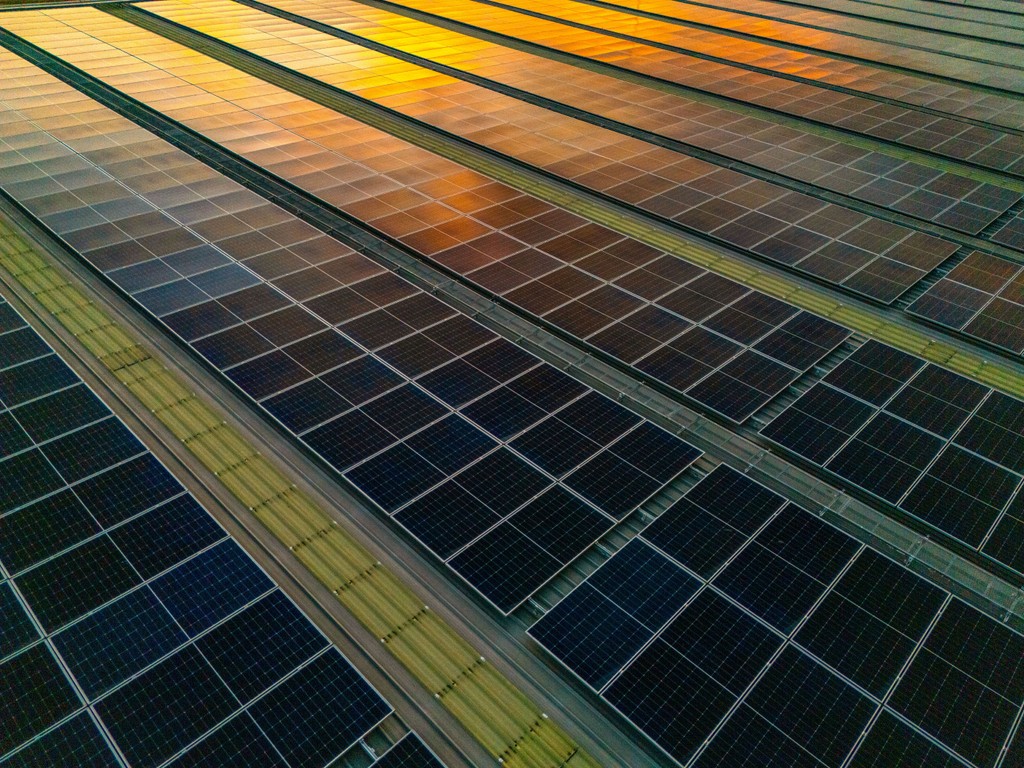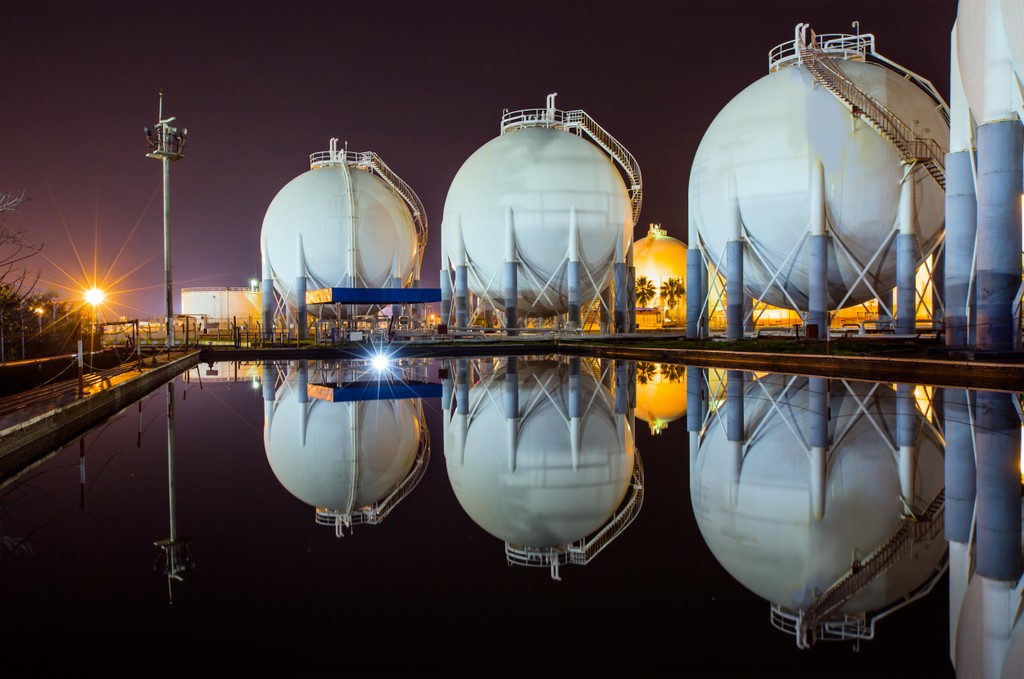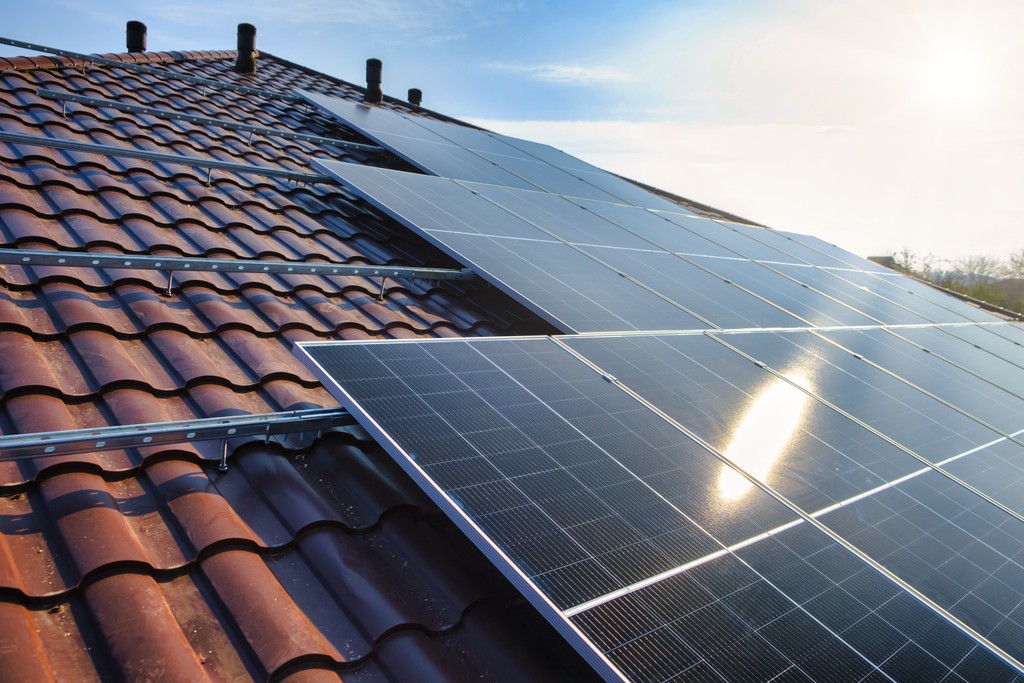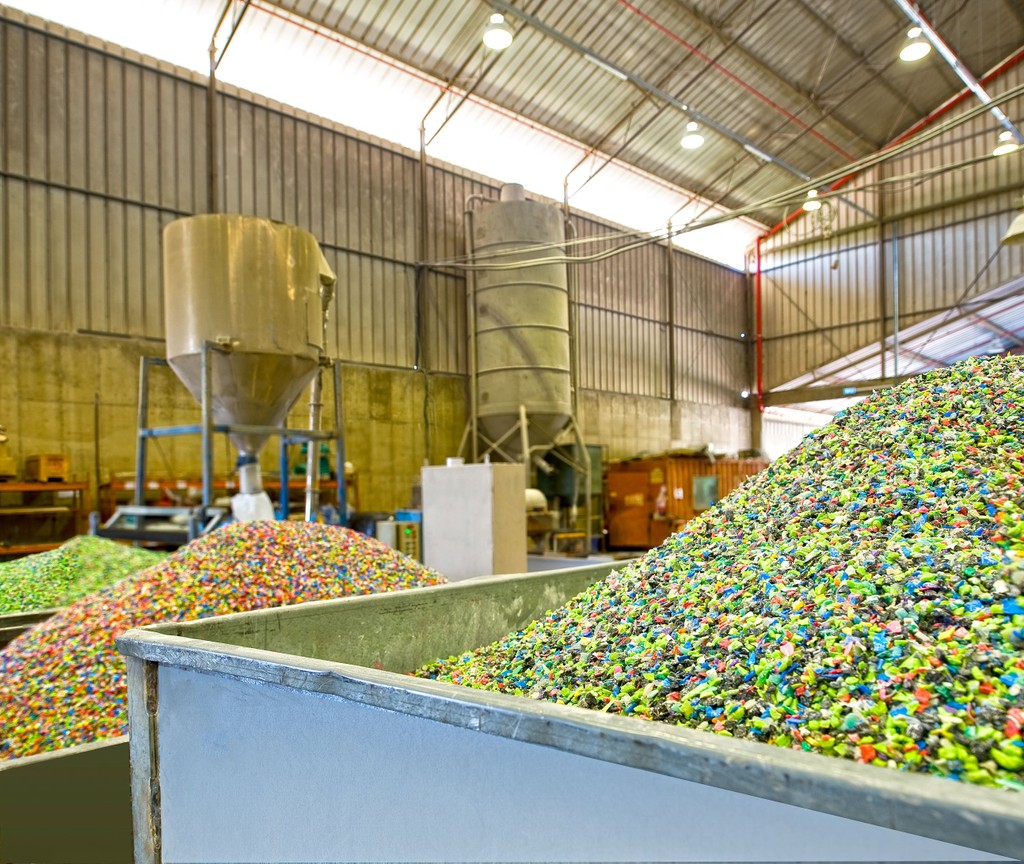PRESS RELEASE
Lithium-Ion Batteries are set to Face Competition from Novel Tech for Long-Duration Storage: BloombergNEF Research
Study shows that long-duration energy storage technologies are now mature enough to understand costs as deployment gets under way
New York/San Francisco, May 30, 2024 – Long-duration energy storage, or LDES, is rapidly garnering interest worldwide as the day it will out-compete lithium-ion batteries in some markets approaches and as decarbonization plans become more ambitious.
BloombergNEF (BNEF)’s inaugural Long-Duration Energy Storage Cost Survey shows that while most long-duration energy storage technologies are still early-stage and costly compared to lithium-ion batteries, some have already or are set to achieve lower costs for longer durations.
BNEF, which surveyed seven LDES technology groups and 20 technology types in this report, says the least expensive technologies are already providing cheaper storage than lithium-ion batteries for durations over eight hours. Thermal energy storage and compressed air storage, for example, had an average capital expenditure, or capex, of $232 per kilowatt-hour and $293/kWh, respectively (Figure 1). For comparison, lithium-ion systems had an average capex of $304/kWh for four-hour duration systems in 2023, so generally shorter-term storage.
So-called flow batteries and compressed air technologies have had the most commercial success so far, which could help ensure further cost reductions in the future. The cost reduction rate of LDES technologies will largely depend on the expansion of deployment and the development of routes to market in major regions.
BNEF expects the typical time it takes for energy storage assets to discharge or charge will increase in the future as the technology displaces fossil fuel generators and is used to address the intermittent sources of renewable power. LDES technologies can add more energy storage without adding more power conversion capacity, so they are seen as a contender to lithium-ion batteries. Still, LDES costs are unlikely to fall as fast as those of lithium-ion batteries this decade, as lithium-ion batteries are extensively used in both the transport and power sectors, and this demand will drive down the cost of the technology.
Figure 1: Fully installed energy storage system average capex and ranges by technology, 2018-2024*

Currently, China leads the way on cost-effectiveness for established technologies like compressed air energy storage, flow batteries, and thermal energy storage. The average capex in non-Chinese markets is 68% higher for compressed air storage, 66% higher for flow batteries and 54% higher for thermal energy storage.
Yiyi Zhou, BloombergNEF’s Clean Energy Specialist and co-author of the report, said: “The significant cost disparity is largely due to China’s far greater adoption of LDES technologies. While other nations are still in the early stages of commercializing LDES technologies, China is already developing gigawatt-hour scale projects, driven by favorable policies. This is particularly true for compressed-air energy storage and flow batteries, where China has set new project size records in the past two years. The rate of LDES installations in China is astounding.”
Despite China’s lower costs, LDES technologies there may struggle to compete with lithium-ion batteries produced in the country, which are the cheapest in the world. Only a few LDES technologies, like natural cavern-based compressed air storage, can outcompete lithium-ion batteries in terms of per-unit capital costs today.
LDES technologies have a better chance of competing with lithium-ion batteries in non-Chinese markets, where the lithium-ion batteries are more expensive.
Evelina Stoikou, Energy Storage Senior Associate at BloombergNEF and co-author of the report, said: “While costs for LDES technologies outside of China are higher, the US and Europe have a chance to invest in their own industries and drive innovation and deployment. Markets outside of China are developing a wider range of technologies compared to China, including more technology types within flow batteries, compressed air, compressed gas, thermal, gravity and novel pumped hydro. We’ve seen interest in those regions driven by ambitious clean energy targets, higher lithium-ion battery costs and an effort to develop alternative technologies that do not rely on lithium.”
Storage duration, project size, and location all greatly affect LDES capex. Gravity energy storage systems, which elevate weights when charging and controllably drop them when discharging, have the highest average capex, at $643/kWh.
Ongoing advances in technology, and deployment experience, will further improve the feasibility and performance of these storage options for long-duration applications. Favorable policies and supportive mechanisms are essential to drive early adoption and accelerate their commercialization.
Methodology
BNEF’s Long-Duration Energy Storage Cost Survey defines long-duration energy storage (LDES) as one that can offer duration of at least six hours. Average capital expenditure (capex) was derived from 278 data points provided by 95 participants, aggregated for durations between one and 20 hours, and technology delivery years from 2018 to 2024. Conventional pumped hydro and chemical-based LDES technologies, such as hydrogen, are excluded from this analysis. The data submissions were combined and anonymized.
Contact
Oktavia Catsaros
BloombergNEF
+1 212 617 9209
ocatsaros@bloomberg.net
About Bloomberg
Bloomberg is a global leader in business and financial information, delivering trusted data, news, and insights that bring transparency, efficiency, and fairness to markets. The company helps connect influential communities across the global financial ecosystem via reliable technology solutions that enable our customers to make more informed decisions and foster better collaboration. For more information, visit Bloomberg.com/company or request a demo.






